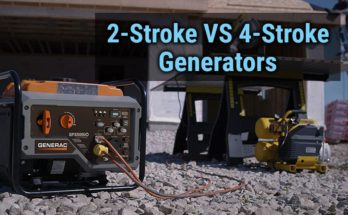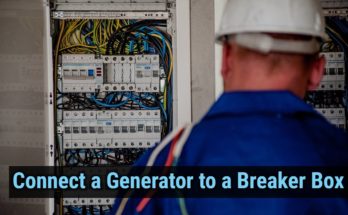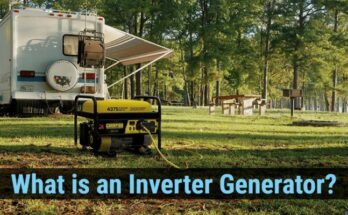A generator became one of the essential tools to have in the house. If you live in an area where hurricanes and tornadoes are frequent things, then you know a blackout can happen at any time. The rushing winds take out the electricity poles from the roots, and the grid fails. That’s where portable generators come into the picture; they keep your essentials running.
Portable generators, as the name suggests, are easy to move around. They are the best to power your electronics at the campsite, while bigger generators run your power tools at the job site. No doubt, they come with all the safety measures to ensure the safe working but few things you will need to keep in mind. One of those things is proper grounding.
Grounding a generator is a simple thing, and anyone can do it with knowledge of a few things, like does your generator need to be grounded? Because not every generator requires to be grounded. If yes, then how to do it safely. In this article, we have described all the necessary things that will enable you to do all the work by yourself. Keep reading.
Table of Contents
What is Grounding?
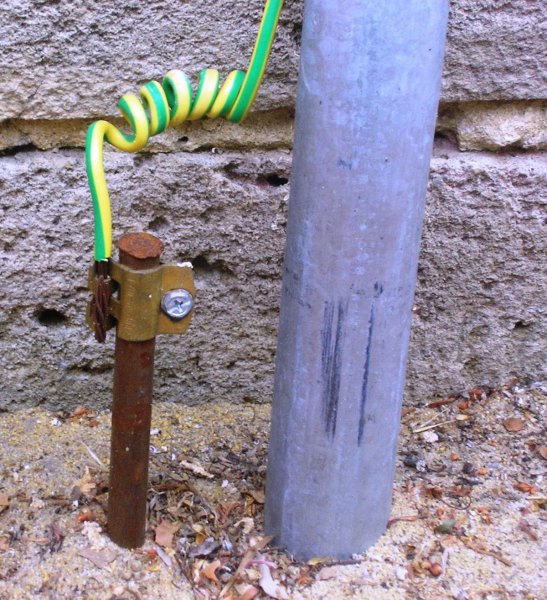
In any electrical circuit, the current flows on the path where it is needed to go, but when this circuit is interrupted or broken somehow, the current flows on the path, which offers the least resistance possible. This path can be anything ranging from small paper clips to the human body. This can lead to electrocution, fire hazards, and other dangerous situations.
To prevent those things from happening, we provide it with the least resistance path. And that path, in most cases, typically lets the current pass into the ground; that’s why the name, grounding.
A grounding is a process of connecting the electrical circuit to the reference ground. In the case of a portable generator, the outer case of a generator is an electrical circuit that is connected to the grounding rod, a reference ground, with the use of a copper wire. This will make the generator safer to use and will prevent if there are chances of electrocution.
Do all Portable Generators need to be Grounded?
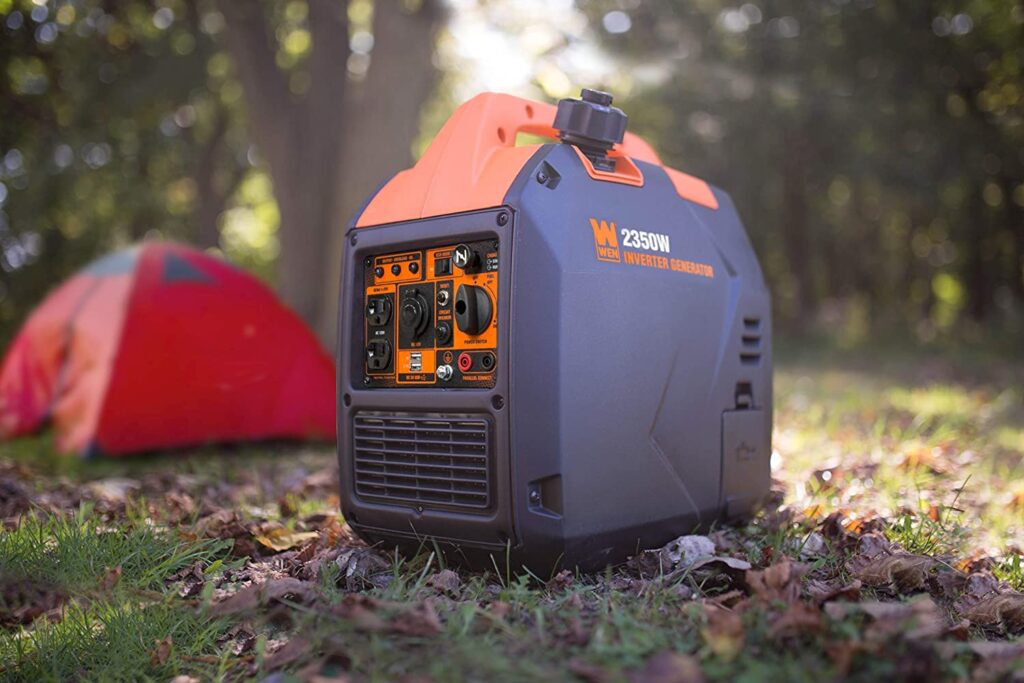
Yes, all portable generators need to be grounded to keep you safe. But for some of them, you will have to make a separate connection to the grounding rod, and for some of them, you don’t. Even if you don’t connect them to the grounding rod, they are still grounded.
In modern generators, where the connection to the grounding rod is not required are grounded through their metal frame. Most of the components, like the fuel tank, engine, and housing, are connected to the metal frame. If the electricity finds a path other than the wires, then it will flow to the ground through a metal frame. If you want to know that if your generator needs to be grounded or not, just refer to the owner’s manual. It will have precise instructions on how to ground your generator.
If you don’t have access to the generator manual, then still, there is a way to find out if you need to ground the generator or not. A system that is separately derived needs grounding while unseparated systems don’t. A separately derived system is in which there is no direct electrical connection to the electrical conductors of another system.
A simple way to know if your system is a separately derived or unseparated derived system is to check the transfer switch. Does a transfer switch make a connection to the neutral ground conductor, or doesn’t? If a transfer switch can be moved to the neutral conductor, then it is a separately derived system; this means you will need to do the grounding. But, if it can’t be moved to the neutral, then it is an unseparated system, and it doesn’t need grounding.
Why is it Important to Ground the Portable Generator?
The main reason for the grounding of a generator is a safety concern. Power to the appliances is provided through a live wire. Now, this wire is safe to use because the conducting material, copper, is covered with insulating material. This means the current won’t flow anywhere else other than the wire itself. But these wires are prone to damage, and when that happens, the current gets a new path on which it can travel.
This can result in electrocution and a minor shock if the person is lucky. This electricity can be displaced to the metal frame of the generator if the exposed wire is in contact with it. If someone touches the generator, then the current will flow through the person’s body. Again, shock or electrocution will be the primary concern here. It is also possible that the current, through the frame, flows to the engine or the fuel tank resulting in an explosion or fire.
The solution to this problem is grounding. A copper wire connected to the generator frame will flow this current to the ground by a grounding rod and make the frame safe to the touch. The grounding is important to avoid the risk of electrocution and other resulting problems, and it is better to hire a professional electrician if you don’t know how to do it. If you know how to ground your generator, then thoroughly follow the manufacturer’s instructions from the manual.
Tools You Will Need to Perform the Grounding
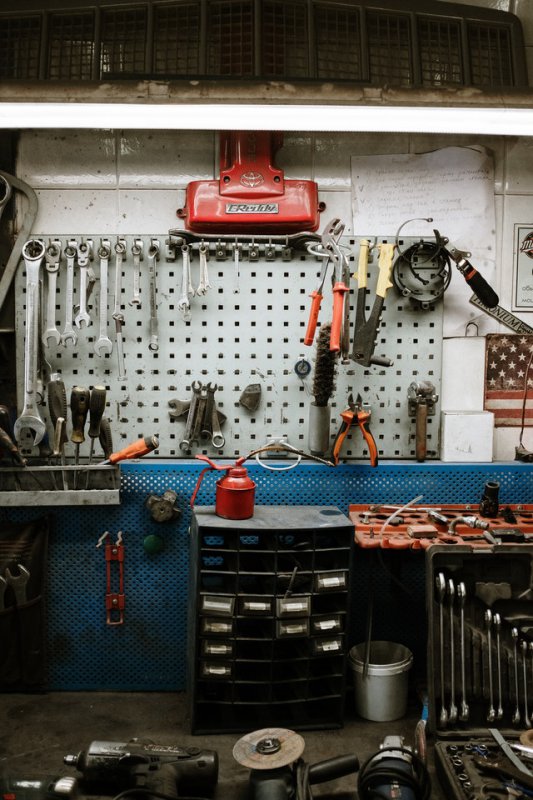
Now, before you start the grounding process here, we listed a few essential tools and items which you will need to complete the process satisfactorily. It will save you time if you keep these things handy when you need them.
Wire Strippers
To make a connection between the generator grounding lug and the grounding rod, a copper wire is used. To make a connection, copper needs to be exposed from both ends of the wire. This you can do with the use of a knife as well but a good wire stripper will make it more safe, fast, and an easy process.
Grounding Copper Wire
To make the connection between the generator and the grounding rod, you will need a quality copper wire, just don’t use any piece of cable you have. Grounding wires are specially designed to have low resistance. Their gauge can vary anywhere from 6 AWG to 14 AWG. The grounding wire should be long enough to easily make the connection between the generator and grounding rod, keep the length more than the distance. This will let you easily drive the rod into the ground and a bit deeper too.
Ground Rod
This is the main material in the grounding, and the grounding rod will be driven into the ground. It must be of the highest quality copper. The length of it should be at least 4 feet, it is good to have the rods longer than that, but 4 feet is the minimum requirement. Also, make sure that the diameter of the rod is at least 5\8 inches.
Hammer or Mallet
The ground is hard. To complete the grounding process, you will need to drive the rod into the ground. This isn’t an easy task. If you have a hammer or a mallet, then you can do this much easier. As a precaution, when you insert the rod into the ground, be attentive that you don’t damage the outer coating of the copper rod. If you do, then the connection won’t be much effective. So be careful.
Pliers and Wrenches
To make a good connection between the ground rod and grounding wire, it needs to be wound tightly around the rod. To do this easily, a plier is what you will use. On the other hand, to make them a secure and tight connection with the generator, a wrench will help in loosening and tightening the bolts.
These were the tools that are important to do the grounding. Besides that, you can also have few optional tools to make the grounding more effective.
Optional Items
You may want to keep the water ready, and it makes the difference, especially on the hard ground. Spill the water on the surface where you want to drive the ground rod in. This will soften the soil to some extent and will reduce the effort you will have to make with the hammer. Another thing to keep handy is a screwdriver, you have a wrench to work with screws, but if you encounter some screws which don’t have the hex head, then the screwdriver will be pretty useful. Moreover, you will need a shovel if the rod needs to be driven in rocky or steep terrains.
How to actually Ground the Portable Generator?
If you have gathered all the necessary tools, then to complete the grounding process follow the steps described below.
Insert the Ground Rod into the Ground

The first step is to insert the rod into the ground. For this, you can use the hammer, mallet, or sledgehammer. The choice will depend on the hardness of the ground. If you have to exert much effort, then the soil might be harder. To soften it up, you can use the water. Spread the water on the ground, let it soak, and then try again. If it still feels hard, then you can add some more water.
The rod needs to be driven at least 8 feet deep, and this is the standard for home installations. Even if you have a 4 feet rod, it needs to be 8 feet deep inside the ground. The deepness provides improved earthing. You might get stuck if the ground on which you are installing the rod is rocky. Then it won’t let the rod pass vertically, but you can install it at an angle. But make sure that the angle doesn’t increase beyond 45°.
Connect the Grounding Wire to The Ground Rod

Once you are done with the ground rod, it’s time to connect the grounding wire to the ground rod. To do that, use the wire strippers. Strip off the insulation and expose the 6 to 12 inches of copper from one side of the wire and from another side too. Now, it needs to be tightly wound on top of the ground rod. Use pliers to do this; wrap it a few times solidly around the rod.
Connect another End to The Generator
This is the last step, another end of the grounding wire should also be stripped by a wire stripper. If not, then do it. Now, it will be attached to the grounding bolt on the generator. Find it and lose it a bit so that the wire can be securely wrapped around it. Make some rounds around the bolt of a copper wire and then tighten it.
That was it; the grounding is complete for your portable generator. Now your generator is safer and can be used without any worries.


